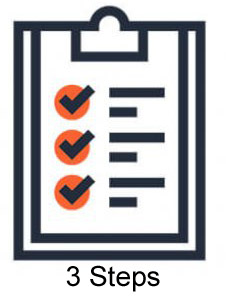
T.M.I.?
As we all know, the acronym stands for “too much information,” and is often used when someone over-shares things of a personal or private nature.
As it turns out, and as presented in a recent TED Talk by Niro Sivanathan, a psychology researcher and associate professor of organizational behavior at London Business School, T.M.I. can also apply to how we sell or present.
The point he makes is that, when trying to persuade or convince others, or when presenting a value proposition during a sales call, many of us try to overwhelm others with sheer quantity… to barrage them with every scrap of evidence we can think up.
But, Sivanathan says, piling on the proof is an unwise approach.
The reason, he suggests, is that “when we double down on our arguments, we’re setting ourselves up to be undone by the so-called dilution effect.”
“For humans, receiving too much information interferes with our ability to process it… our minds deal with this by quickly sorting the input received into two types: diagnostic and non-diagnostic,” he says.
Diagnostic information is information of relevance to the evaluation being made; non-diagnostic is information that is irrelevant or inconsequential to that evaluation. When both categories of information are mixed, dilution occurs.
To show how this works, Sivanathan described two different students: Tim and Tom:
Tim studies 31 hours a week outside class.
Tom also studies 31 hours a week outside class. He has a brother and two sisters, he visits his grandparents, he once went on a blind date, and he plays pool every two months.
In an experiment, says Sivanathan, most of the participants said that Tim had a significantly higher GPA than Tom — even though the two put in the exact same amount of time studying.
Why?
All of the non-diagnostic information given about Tom diluted the diagnostic information presented.
“The most robust psychological explanation for this is averaging,” says Sivanathan. “Rather than adding up pieces of information and assigning them different values, most of us appear to average them in their minds. So when you introduce irrelevant or even weak arguments, those weak arguments reduce the weight of your overall argument.”
For those involved in sales, this is a good lesson. The best (and simplest!) strategy is to:
- First assess situations, needs and priorities (i.e., the key drivers).
- Then present a succinct value proposition that addresses the key drivers.
- Seek agreement.
Read the full summary…